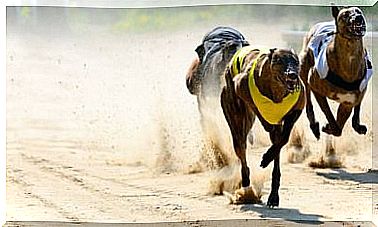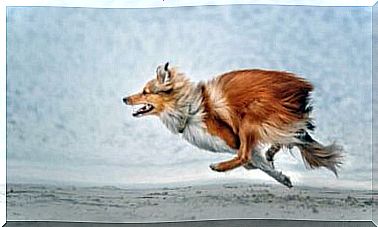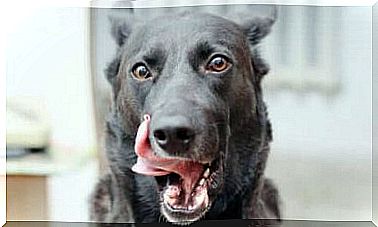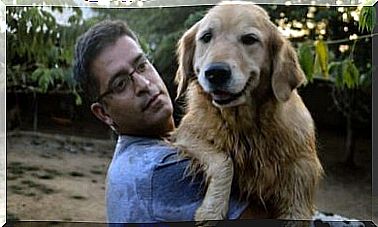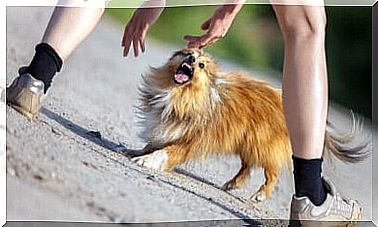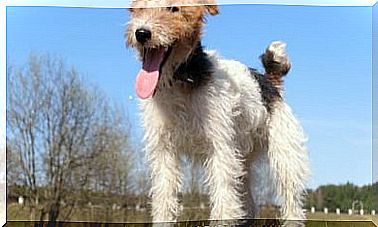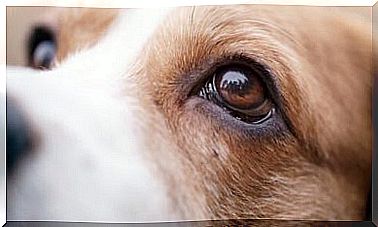Senility In Dogs: This Is How You Recognize It!

As a pet gets older, it is normal to see certain changes in them. While not easy to accept, old age is a process that reflects the passage of time and that we must all learn to deal with. Because of this, you should be able to identify some of the symptoms and typical signs of senility in dogs. This way you can notice these changes in good time and make this phase easier for the animal. Read on below and find out more about the topic.
What is senility?
Age brings a number of physiological and psychological changes with it. This deterioration in cognitive and organic functions is known as senility . It is often mistaken for dementia. However, they are two different things as dementia involves loss or disruption of mental faculties.
In addition, there are numerous symptoms associated with mental decline in dementia. As a result, this mental decline is not a normal consequence of aging.
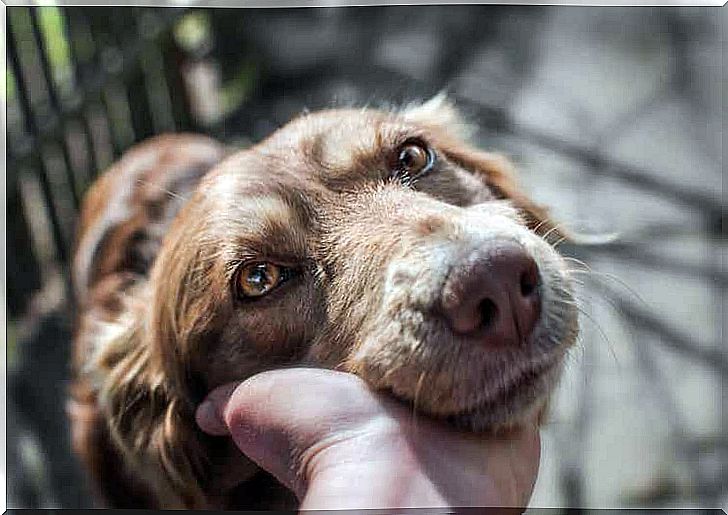
Signs of senility
Senility leads to a loss of cognitive and physiological functions in dogs and cats. The cognitive dysfunction manifests itself through signs such as the following:
Dogs with senility show sedentary behavior
Aging causes dogs to exercise less overall as their energy levels decrease. For this reason, dogs become more sedentary with increasing age and are no longer as able to move around.
In addition, their muscle strength and tone decrease, especially in their extremities. This reduces their mobility. In addition to this, they can also develop degenerative joint diseases, the most well known of which is arthritis.
Loss of control over basic behavior
Loss of control is one of the most characteristic symptoms of senility. For example, pets can lose control of their own urinary system.
Another noticeable feature of senility is that their sense of smell, sight and hearing also deteriorates. As you can see, the above symptoms are clear signs of physical degeneration in your dog.
Character changes
Older dogs can also experience personality changes, which can make them more irritable. They may also be less interested in new objects or activities.
Decreased interaction with other people
Senility is also associated with changes in the dog’s social behavior. This means that the animal’s interaction with humans decreases. Some also struggle with disorientation and memory loss. In addition, they can have difficulty recognizing familiar places or people.
Other symptoms of senility in dogs
Aside from the signs above, senile dogs may have other symptoms, such as:
- Change in the sleep cycle
- Memory loss
- Delayed learning
- Decreased curiosity and reduced exploratory behavior
- Problems finding food
What can you do to make your pet feel comfortable?
Unfortunately, there is nothing you can do to stop aging. However, there are a number of tips you can consider to make this phase of your dog’s life easier and as comfortable as possible.
Continue to offer your dog regular, gentle exercise routines
As mentioned earlier, muscle weakness and a sedentary lifestyle are the main signs of senility in dogs. And this in turn causes fatigue in the animals and leads to joint disease.
One way to reduce these problems is to regularly engage in light exercise. In this way, you can continue to take your dog for a walk as usual and help him to alleviate the symptoms that arise.
Changes in your pet’s diet
Other characteristic signs of senility in dogs are loss of smell, vision, and hearing; and loss of taste can also be associated with age. In addition, senile dogs can suffer from tooth loss or other oral problems such as infection.
This in turn makes it very difficult for them to eat hard foods like dry food. If you instead provide your dog with age-appropriate food and eliminate food that is difficult to digest, your pet will be very grateful!
In addition, an old dog needs a higher intake of vitamins and minerals. For this reason, it is helpful to change your diet if your vet recommends it.
Medication to relieve symptoms
Even if you follow the advice above, it may not be enough. For example, veterinarians can occasionally recommend medication at this stage of the dog’s life.
The function of these drugs is to relieve the symptoms of these degenerative processes. Usually, veterinarians prescribe analgesics or chondroprotectors.
Every animal is different, so the vet will decide which medications are suitable and recommended for your dog. Every dog has special, individual circumstances, which is why the medication should never be administered without medical supervision.
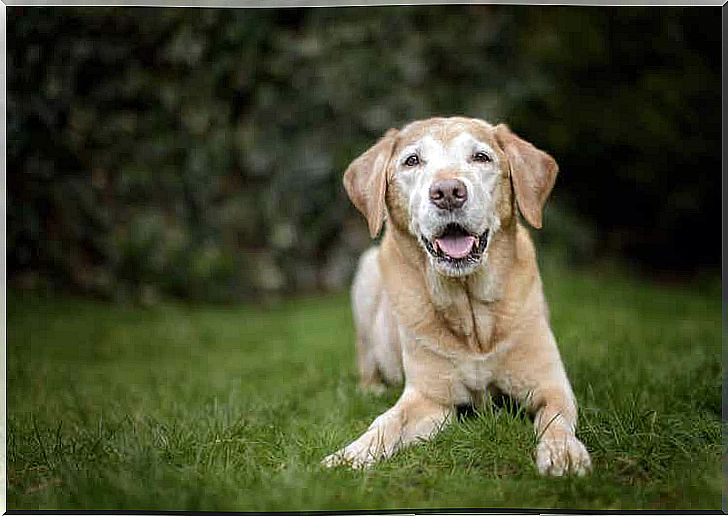
As you can see, the signs of senility are typical of animals of advanced age. Since some cannot always be clearly assigned, it is therefore important that you know how to differentiate between these symptoms.
However, whenever you observe strange or strange behavior in your dog, you should see a veterinarian. The recommendations listed here are only informative and cannot replace a specialist who can determine the appropriate steps and measures in each individual case.
